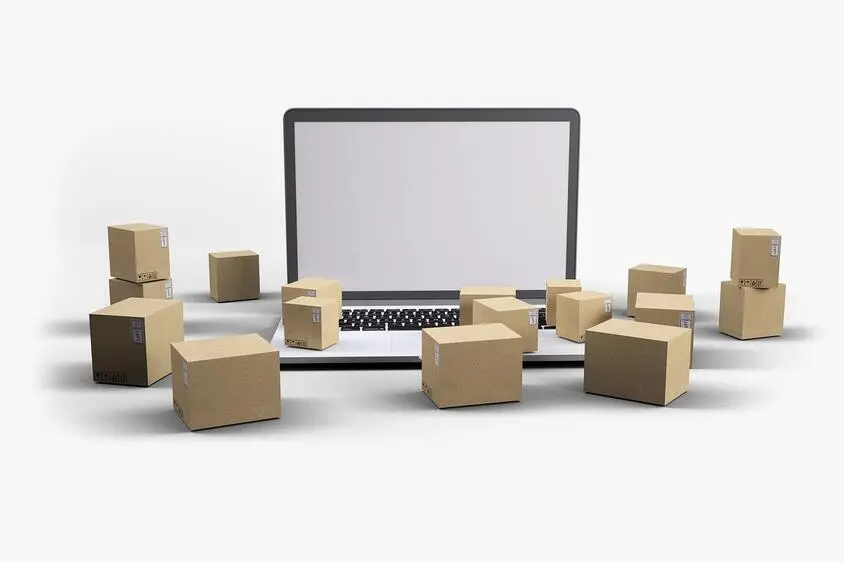How Tax Automation Can Solve Your Marketplace Woes

Online marketplaces have soared in popularity over the years.
With mobile devices now readily available and the convenience of online shopping top of mind for millions of consumers, retail ecommerce sales are currently on track to reach an astonishing U.S.$8.1 trillion by 2026.
It’s no surprise, then, that businesses of all shapes and sizes have been quick to embrace marketplace platforms such as Amazon, eBay and Etsy to create online stores for their products. Although these platforms can be a powerful tool for businesses looking to smash ambitious sales targets, for most sellers, tax challenges are standing in the way.
We recently surveyed 479 global finance professionals about these exact challenges, and while over half of respondents agreed marketplaces are becoming easier to use as a sales channel, surprisingly, seven in ten vendors said that the indirect tax challenges associated with them could deter them altogether from future use.
If you’re a marketplace operator that currently deals with sellers on a daily basis, you’ll be aware of these common pitfalls already:
The Cross-Border Conundrum
Most online marketplaces are global by nature, facilitating countless cross-border transactions and allowing sellers to reach more customers around the world every single day.
However, having to comply with different territories’ tax regulations across multiple territories can be a complex and burdensome process for them – and for you too!
In fact, we know that four in seven marketplace operators struggle to manage the tax liabilities surrounding their sellers’ shipping locations, and being able to support sellers in knowing where they are liable for tax presents additional difficulties.
Complexities with Every Step of a Transaction
It doesn’t begin and end at cross-border trade complexities. Listing fees, shipping and handling charges, and other logistics can make each and every step of the transaction process more challenging than initially meets the eye for sellers.
Although 45% want their marketplace operator to improve their finance and tax automation process to help overcome these challenges, currently only 56% of operators manage these tax liabilities on their seller’s behalf.
Automation Offers the Solution
Luckily, technology can come to the rescue!
Incorporating an end-to-end tax management solution into your online marketplace platform – that can handle all types of indirect tax requirements across various jurisdictions – will allow you to support sellers with the common pain-points listed above, as well as ensure your own businesses is staying on top of its tax liabilities and compliance.
And, with 81% of businesses currently taking advantage of online marketplaces to attract new customers, helping your sellers feel confident in you as their chosen sales platform will only become more important as this figure grows.
At Vertex, we offer a cloud-based VAT compliance solution that helps businesses meet tax regulations around the world, such as ‘Making Tax Digital’ (MTD) – a new policy introduced recently for UK businesses requiring them to use HMRC-approved software to keep tax records and submit VAT returns digitally – U.S. sales tax and more.
Vertex’s record-keeping software enables companies to efficiently manage their end-to-end VAT process, from indirect tax determination to reporting, eliminating the need for burdensome manual processes and costly mistakes with VAT calculations.
To learn more about Vertex’s VAT compliance solutions and how they can help your online marketplace, visit our homepage to get in touch.
Disclaimer
Please remember that the Vertex blog provides information for educational purposes, not specific tax or legal advice. Always consult a qualified tax or legal advisor before taking any action based on this information. The views and opinions expressed in the Vertex blog are those of the authors and do not necessarily reflect the official policy, position or opinion of Vertex Inc.
Blog Author
Global research: taxing times for the marketplace-seller relationship
Want to find out more about how the secret weapon in your customer experience? Download our latest guide.
GET THE GUIDE